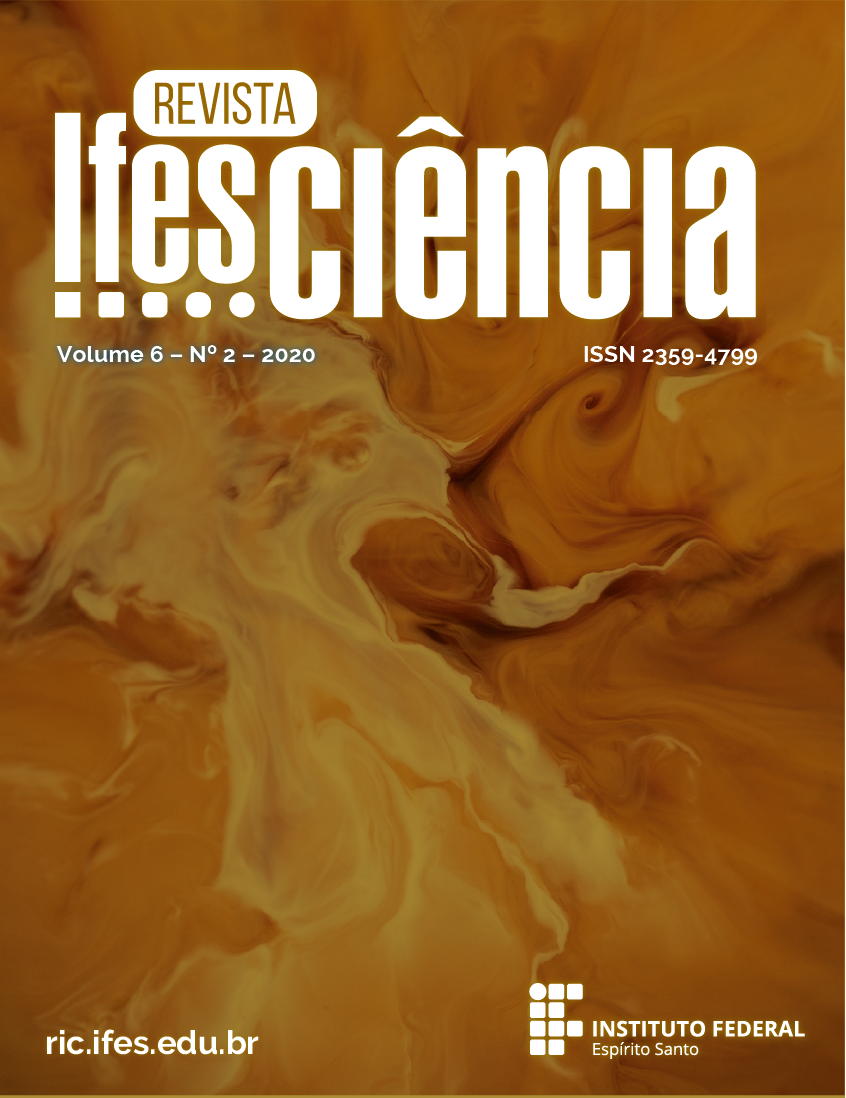A study of edaphic invertebrates in different areas regarding soil use
DOI:
https://doi.org/10.36524/ric.v6i2.477Keywords:
recovery of degraded areas, soil conservation, agroecologyAbstract
The objective of this work was to characterize the fauna of edaphic invertebrates in areas with distinct vegetation cover and land use. Three areas of the Ifes Campus of Alegre were sampled: 1 - coffee monoculture (MC); 2 - area under-recovery with the planting of native species and (FP); 3 - an area with native forest fragment (FES). Invertebrates were captured using pitfall traps containing formaldehyde solution (2%). Three samples were taken 30 days apart, from March to May 2015. In each sample, 5 traps were arranged in rows 10 m apart. Ecological indices were estimated for each area. By using multivariate statistical analysis, the areas were compared in relation to the occurrence of invertebrates. There was greater diversity in areas with greater plant diversity as well as better distribution of organisms in terms of trophic level. The study showed that the conserved FES area presented greater ecological balance in relation to the others. There is a need to adopt soil conservation practices in the coffee-growing area.
Downloads
Published
Issue
Section
License
Copyright (c) 2020 Revista Ifes Ciência

This work is licensed under a Creative Commons Attribution-NonCommercial-NoDerivatives 4.0 International License.
Autores que publicam nesta revista concordam com os seguintes termos:
- Autores mantém os direitos autorais e concedem à revista o direito de primeira publicação, com o trabalho simultaneamente licenciado sob a Licença Creative Commons Attribution que permite o compartilhamento do trabalho com reconhecimento da autoria e publicação inicial nesta revista.
b. Autores têm permissão e são estimulados a publicar e distribuir seu trabalho online (ex.: em repositórios institucionais ou na sua página pessoal) a qualquer ponto antes ou durante o processo editorial, já que isso pode gerar alterações produtivas, bem como aumentar o impacto e a citação do trabalho publicado (Veja O Efeito do Acesso Livre).



